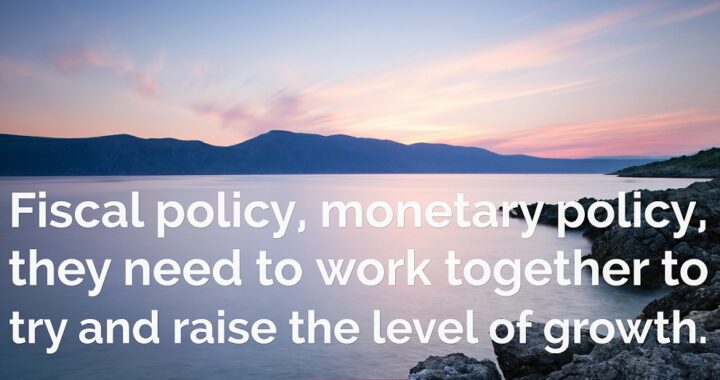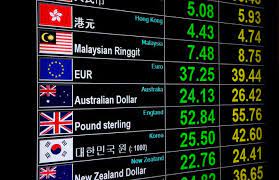
Demand Management through fiscal policy
Discretionary fiscal policy is spending that is under the control of individuals within the government. Nondiscretionary fiscal policy is enacted by law.
The multiplier effect results from the fact that each dollar spent by a consumer in the economy becomes another consumer’s income and so forth.
Keynesian theory calls for expansionary fiscal policy during times of recession and contractionary fiscal policy during peak economic times.
The tools of fiscal policy are tax policy, government spending, and transfer payments. If a recessionary gap exists, expansionary policies stimulate aggregate demand. If an inflationary gap exists, contractionary policies suppress aggregate demand.
Monetary Policy
The tools of monetary policy are open-market operations, the required reserve ratio, and the discount rate.
Open Market Operations are the Fed’s most valuable tool. The Fed purchases Treasury securities to increase the money supply and sells Treasury securities to decrease the money supply.
The federal funds rate is the rate banks charge each other to overnight loans.
The discount rate is the rate that the Federal Reserve banks charge short-term loans directly to commercial banks.
The Fed adopts expansionary monetary policy to increase the money supply and adopts contractionary monetary policy to reduce the money supply.
| Summary of Monetary Policy Tools | ||
| Monetary Policy Tools | Expansionary Monetary Policy | Contractionary Monetary Policy |
| Open-market operations | Purchase U.S. Treasury securities | Sell U.S. Treasury securities |
| Required reserve ratio | Lower the required reserve ratio | Raise the required reserve ratio |
| Discount rate | Decrease the discount rate | Increase the discount rate |
If you have found this blog to be useful, you may share with your friends. Thanks!



